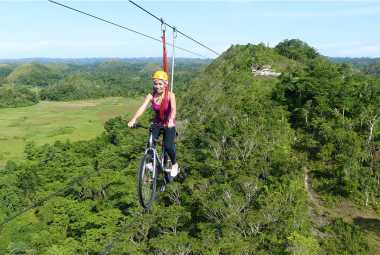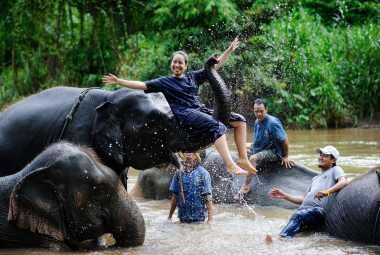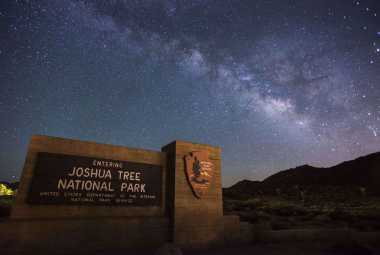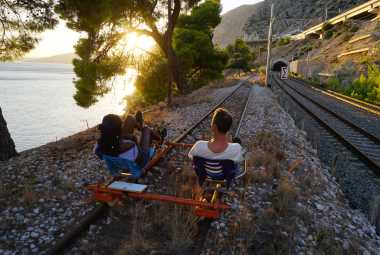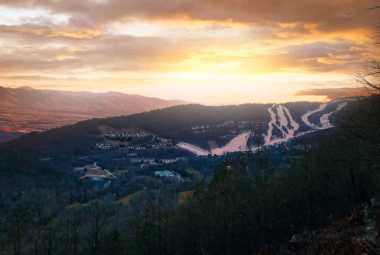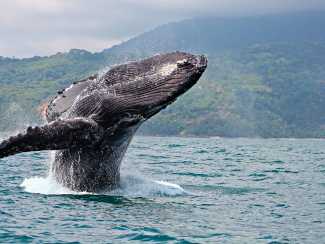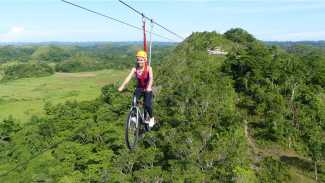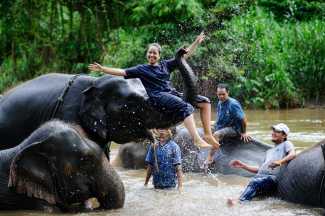Image by journeyera.com
*Vacation Mode is a for-profit site. It contains paid banner advertisements that are generated and managed by a third-party network. This site also includes relevant affiliate links (both in the content and on the sidebar) all of which we do our best to clearly mark as such.
Ziplining Around the World
Introduction
Ziplining, also known as a zip line or canopy tour, is an exhilarating outdoor adventure activity that has gained immense popularity around the world. It involves riding along a suspended cable, often high above the ground, while being harnessed to a pulley system. Participants, or "zip-liners," glide from one platform to another, usually through lush forests, over valleys, or even across urban landscapes. Ziplining offers a unique and thrilling way to experience nature, explore landscapes, and embrace one's sense of adventure.
The Mechanics of Ziplining:
- Cable: A sturdy cable is stretched between two points, typically trees, poles, or man-made platforms. This cable serves as the route along which participants will travel.
- Harness and Trolley: Participants wear a secure harness that attaches to a trolley or pulley system. This trolley allows them to move along the cable.
- Launch and Landing Platforms: The adventure starts at a launch platform, where participants are attached to the cable. They then glide to a landing platform at the other end.
- Braking System: Many ziplines have a braking mechanism, which can be manual or automatic, to control speed and ensure a safe landing.
- Safety Gear: Helmets and gloves are often provided to ensure the safety of participants.
The Importance of Ziplining Around the World:
- Adventure Tourism: Ziplining has become a cornerstone of adventure tourism. Tourists seek out ziplining experiences as they offer a unique and adrenaline-pumping way to explore natural wonders, from rainforests in Costa Rica to the canyons of the American Southwest.
- Economic Impact: Ziplining has a significant economic impact in many regions. It creates jobs in tourism, including guides, operators, and maintenance staff. Additionally, it draws visitors who spend money on accommodations, food, and souvenirs, bolstering local economies.
- Conservation and Awareness: Ziplining can serve as a powerful tool for environmental education and conservation. Ziplining tours often emphasize the importance of preserving the natural landscapes through which they traverse, promoting responsible tourism and awareness of the environment's fragility.
- Adventure for All Ages: Ziplining appeals to a wide range of people, from thrill-seekers to families looking for a unique bonding experience. Its accessibility makes it an activity that can be enjoyed by people of various ages and physical abilities.
- Cultural Exchange: In addition to natural landscapes, ziplines can also be found in urban settings. These city ziplines, often used for entertainment or transportation, contribute to the vitality and uniqueness of a city's tourism offerings.
- Health Benefits: Ziplining provides an active outdoor experience, encouraging physical activity and outdoor exploration, which can contribute to improved physical and mental well-being.
Top Ziplining Destinations
Here are some amazing countries around the world where you can enjoy ziplining adventures:
| Country | Notable Ziplining Spots |
|---|---|
| Costa Rica | Arenal Volcano, Monteverde Cloud Forest, Manuel Antonio National Park |
| New Zealand | Rotorua, Queenstown, Waiheke Island |
| Thailand | Chiang Mai, Krabi, Koh Samui |
| Canada | Whistler, Vancouver Island, Blue Mountain |
| United States | Maui, Alaska, Colorado Rockies |
| South Africa | Drakensberg Mountains, Tsitsikamma Forest, Sun City |
| Zip Your Way Across the World | Explore more ziplining adventures in countries like Mexico, Belize, the Philippines, Australia, and many others. Each destination offers unique landscapes and experiences. |
FAQ
- Q: Is ziplining safe?
- A: Ziplining is generally safe when operated by licensed professionals and following safety guidelines. Always listen to your guides and use proper safety equipment.
- Q: What should I wear for ziplining?
- A: Wear comfortable clothing and closed-toe shoes. Avoid loose items like scarves or hats that could get caught in the zip line.
- Q: Can I go ziplining if I'm afraid of heights?
- A: Ziplining can be a great way to overcome a fear of heights, but it's essential to consult with the guides and discuss your concerns beforehand. They can provide guidance and support.
- Q: Are there age or weight restrictions?
- A: Restrictions vary by location, so check with the ziplining company for specific requirements. Some places may have age or weight limits for safety reasons.


